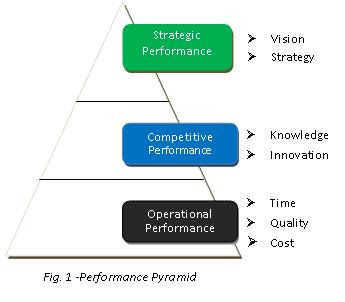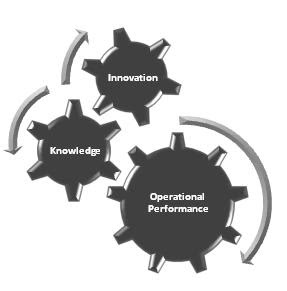A chain often means standardization of products, processes, systems, etc. Irrespective of the restaurant you walk into you would get the standard experience, as a customer, at least that's the idea of standardization in chain of restaurants. The chain concept, when used to define how you function, has its own benefits. Everything from customer experience, revenue, cost, infrastructure, ambiance can be standardized and increase rate of repetition. It will be costly and take more time to start a restaurant from the scratch than to start a restaurant of a chain. Many global brands have taken this route and reaped profits. Legal Sea Foods, though might have standard infrastructure and ambiance, thinks it's not for them. Their CEO Roger Berkowitz thinks of the term 'chain' as,
"When anyone thinks of a chain, they think of cookie cutter, institutionalized, dummied down, and those aren’t the best adjectives,” Mr. Berkowitz said in an interview."
Here in India we have both the global and domestic brands having their chain of restaurants. Every time I walk into an outlet of a leading chain, I know what to expect. Isn't it good? Yes it could be but won't it be great if I can walk in knowing it would be good but not sure what will make it so? If there are 10 different restaurants offering same type of food, say Sea Foods, but each separate, as a customer you have a variety waiting for you in terms of taste, menu, and of course service. But then the downside of it is, you can't be sure they would all match when it comes to quality and service, two major determinants of customer experience. Obviously it's got to do with the differences in management, experience, business values, financial position etc. If a customer can get variety across restaurants but is assured of quality and service, that surely will be divine, at least for a foodie like me :)
This is here where I find the idea of Legal Sea Foods, as brilliant. It gives scope for localization in terms of taste and menu, yet deliver on quality and service fronts like a chain does. You can even have a totally different menu from that of your other store(s).
“People never associate chains with the kind of passion or quality that we put into our food,” Mr. Berkowitz said.
Not sure about the quality but definitely the passion will be missing in a chain. It's all standard and most of the ingredients are shipped from a central point, which leaves little scope for the local staff to innovate and experiment.
There are two sides to a customer experience, one is the hard part dealing with the physical aspects of a product or actual outcome of a service. The second one is the soft part, which captures the after effects of using / consuming the product or service, which is your feeling towards the whole experience, your satisfaction. So whether you vary the experience of a customer on the hard part or not, you got to deliver consistently on the softer side to be successful in the long run. Standardizing on the harder aspects of a customer experience may reap cost and other benefits but that is susceptible to boredom. So without standardizing its offering, Legal Sea Foods is standardizing customer experience across its 35 restaurants. When you pull it off your customers are going to love you. Very challenging task, but refreshing one to think of.












